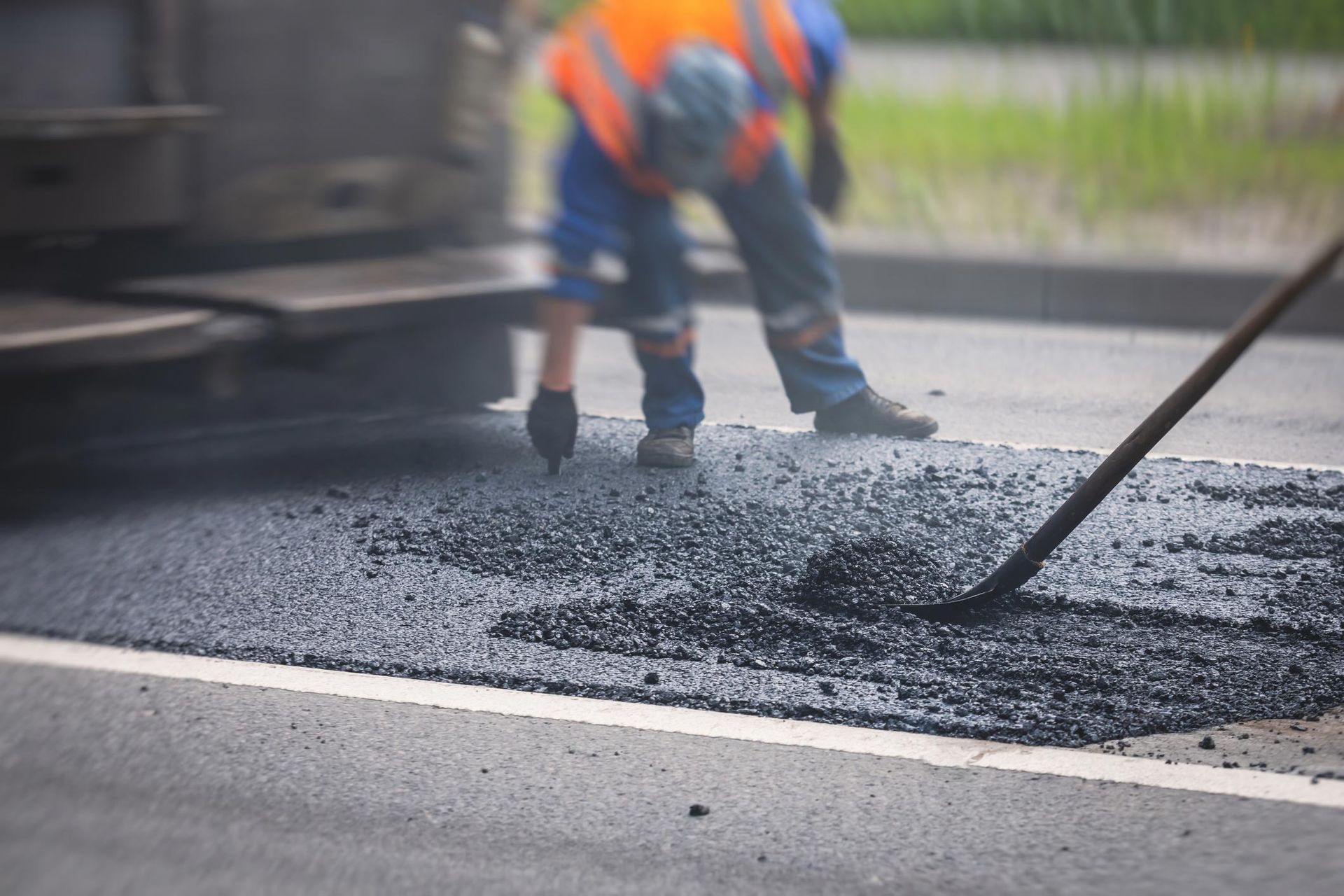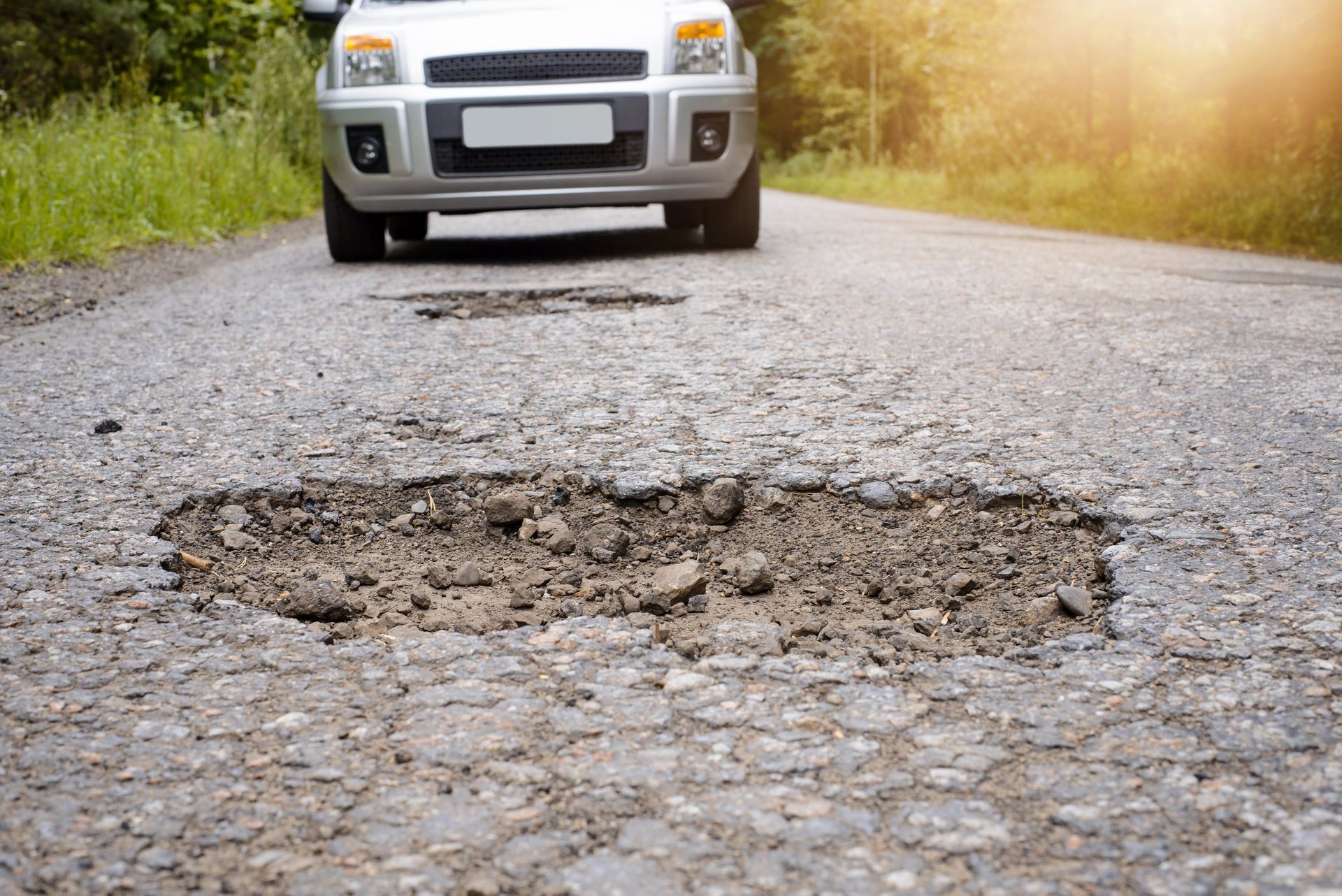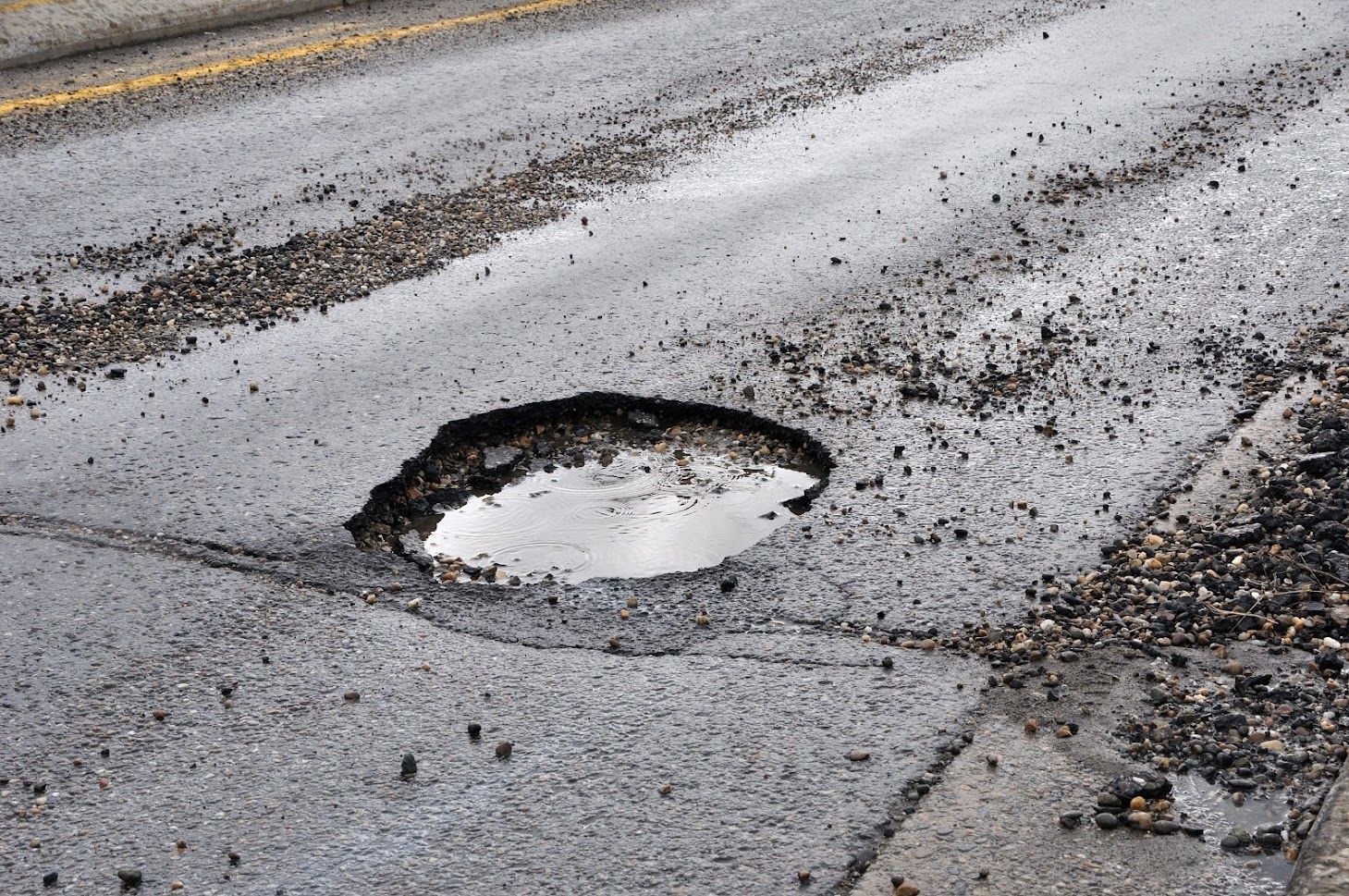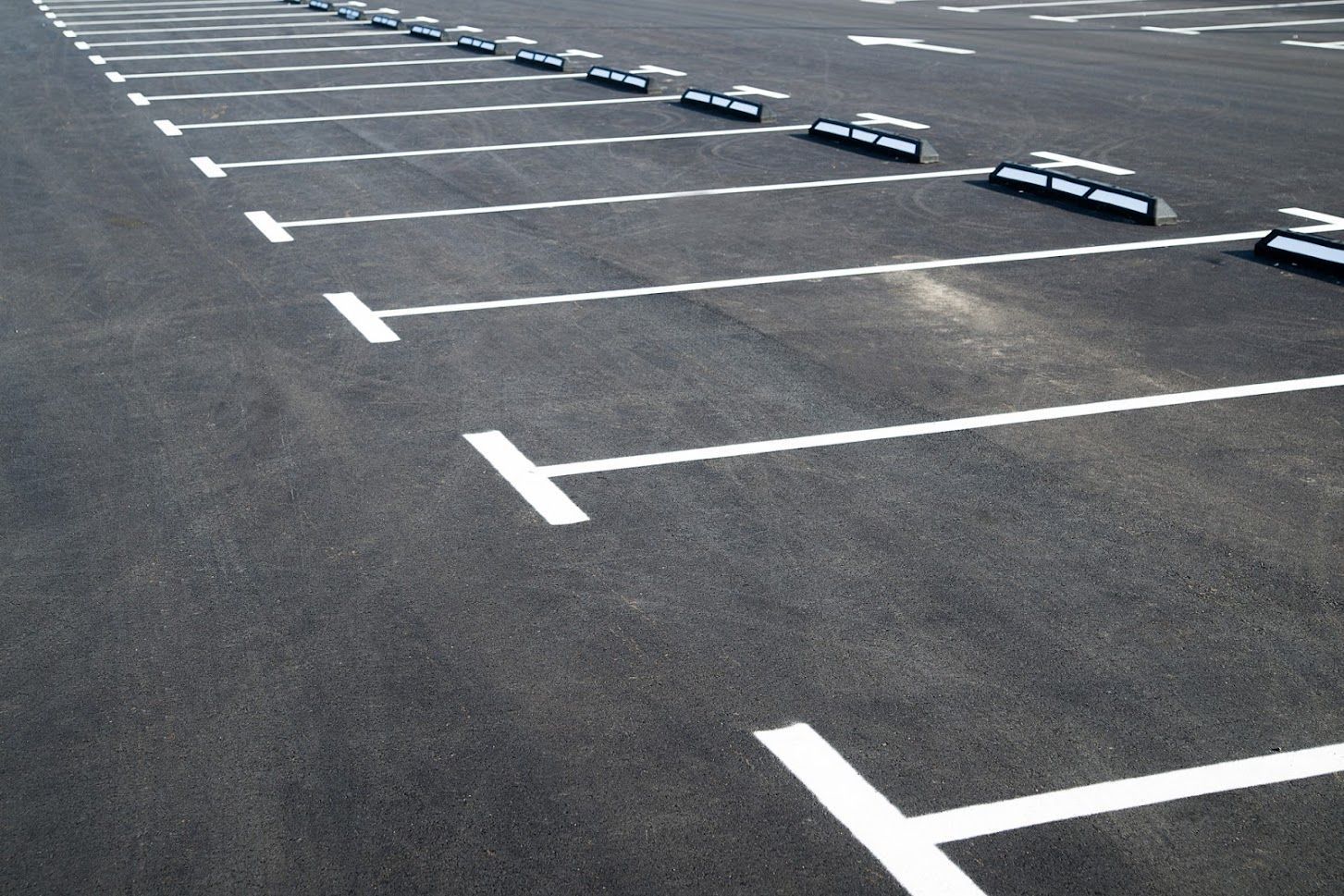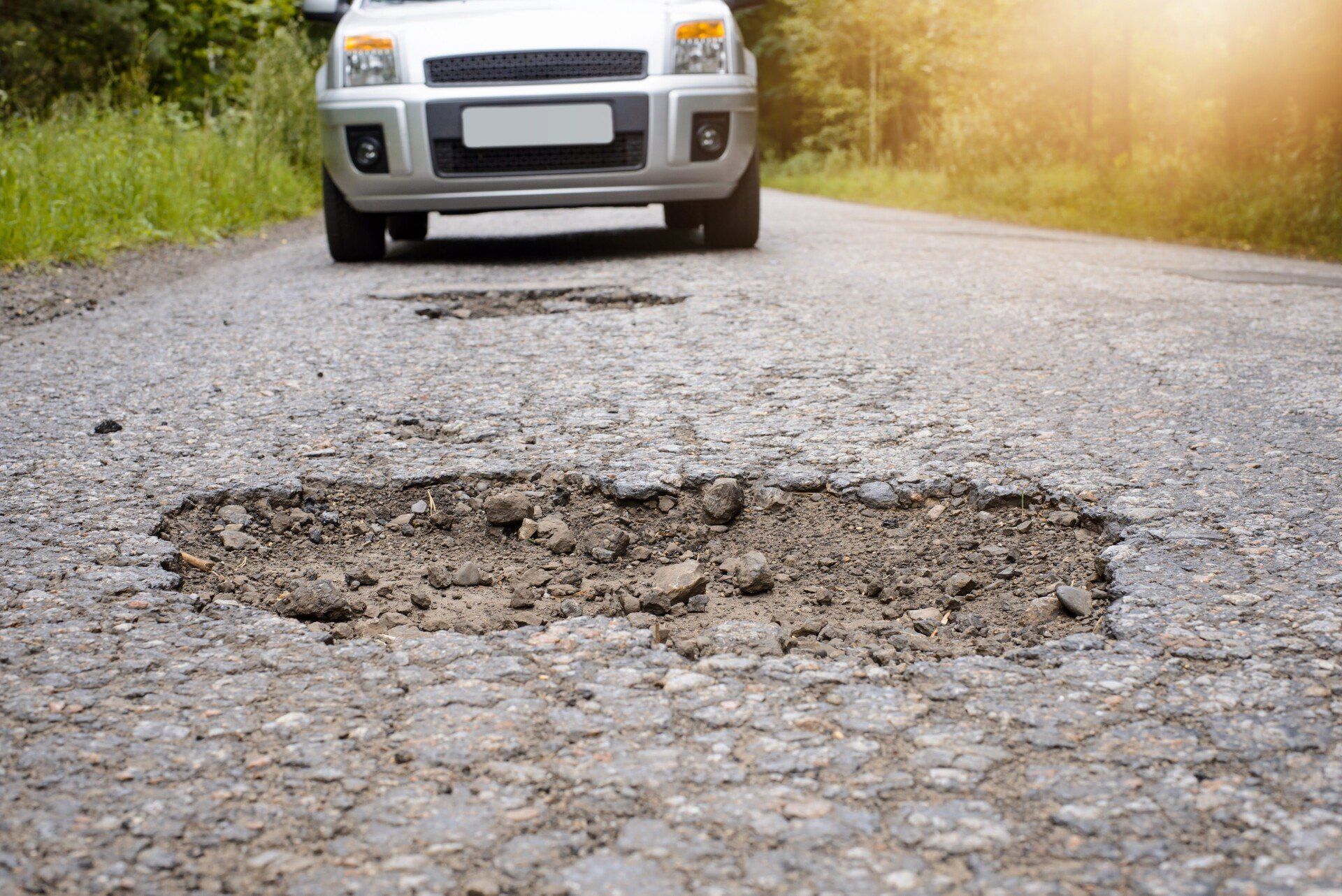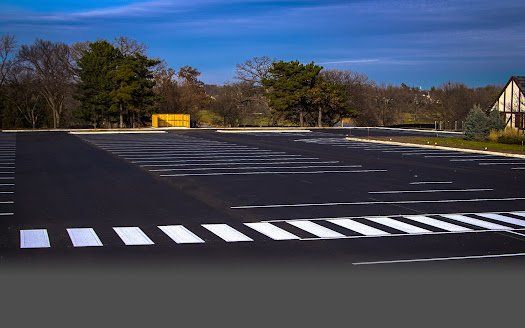Common Asphalt Paving Mistakes You Should Know About
Asphalt paving is important in constructing and maintaining roads, driveways, and parking lots. It is a low-cost, long-lasting material that withstands heavy traffic and extreme weather conditions. But a few common mistakes can be made when paving with asphalt, leading to a weak surface that only lasts for a short time.
Here are some of the most common blunders to avoid when paving with asphalt.
Inadequate Base Preparation
The asphalt surface will probably crack and get holes over time if it is not leveled or packed down well.
The base must be excavated to a specific depth and width before the asphalt can be laid. The base material should mix crushed stone, gravel, and sand to provide a stable and long-lasting foundation for the asphalt. Then, this material should be leveled and pressed down with a roller to make a smooth, stable asphalt surface.
Using the Incorrect Asphalt Mix
The asphalt mix is made by mixing asphalt cement with a certain amount of aggregate, such as crushed stone, gravel, or sand. The ratio of aggregate to asphalt cement will change based on how the surface will be used and how much traffic it will get.
When the wrong mix is used, the surface becomes weaker and more prone to cracking and damage. A mix that is too heavy on aggregate and too light on asphalt cement, for example, will not provide enough stability and will crack under heavy traffic. A mix that is too heavy on the asphalt cement and too light on the aggregate, on the other hand, will be more prone to rutting and deformation.
Not Properly Compacting the Asphalt
After laying the asphalt, it should be compacted with a roller. Compacting the asphalt removes air pockets and ensures a smooth and stable surface. Asphalt that has not been properly compacted is more prone to cracking and shifting.
Compaction should be done in multiple passes, beginning with a light pass to remove any air pockets, followed by heavier passes to ensure a smooth and stable surface. The installer should move the roller slowly to ensure the asphalt is properly packed.
Leaving the Asphalt Unsealed
Sealing the asphalt will protect it from the elements and extend its life. A seal coat is a thin layer of asphalt that is poured over the asphalt. This liquid asphalt layer will shield the surface from water, oil, and UV rays.
If the asphalt is not sealed, it is more likely to crack and be damaged by water, oil, and UV rays. The seal coat should be applied a few months after asphalt installation to let the asphalt fully cure.
Not Using a Professional Asphalt Contractor
Hiring a contractor who isn't qualified or doesn't have enough experience can lead to bad work, a weak surface that doesn't last long, and even expensive repairs or complete repaving. However, a professional contractor will know how to prepare the foundation, use the right mix, pack down the asphalt, and seal it.
Working with a professional contractor ensures all permits and inspections are in place and that the work is done according to local rules and codes. They will also have all the tools and resources they need to do the job well and quickly.
Look no further than J & B Asphalt & Paving for professional asphalt paving services. Our skilled and experienced professionals are dedicated to delivering lasting, high-quality results. We take special care to ensure a smooth and long-lasting surface. In addition, our team is up to date on all requirements to ensure your work is done per local codes and regulations.
Don't take any chances regarding your asphalt paving requirements. Contact us today to set up a consultation and learn more about how we can assist you with your next project.

